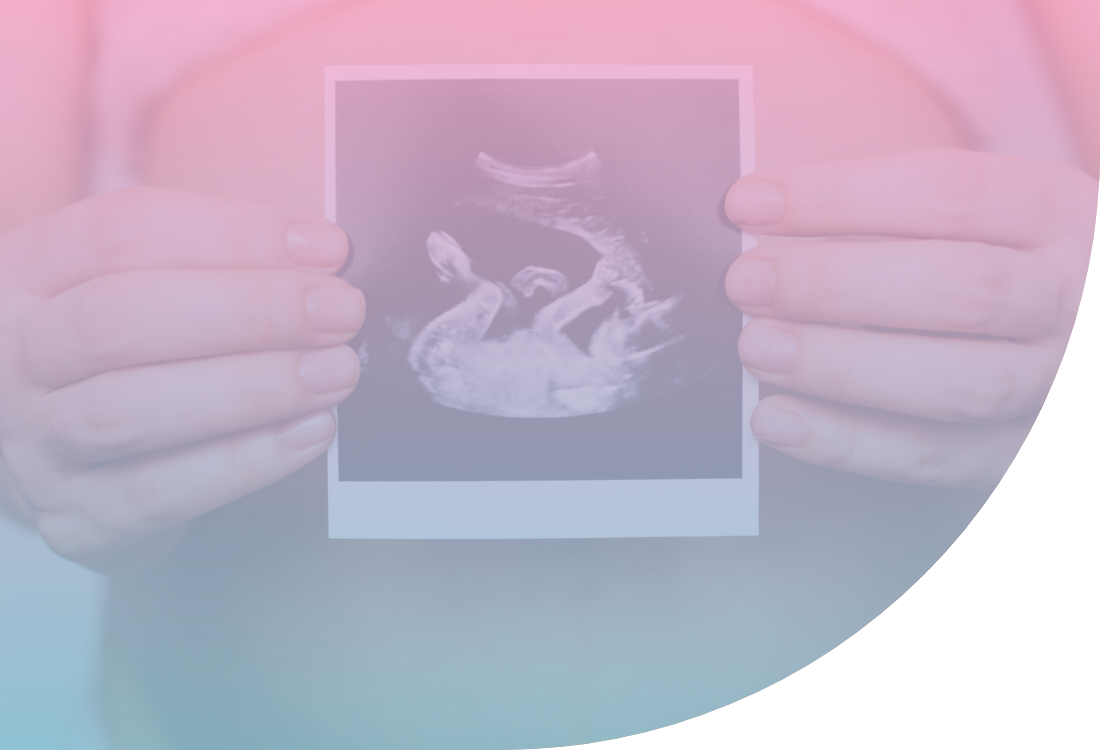At Embryowish, we offer modern fertility treatments in Athens, tailored to every couple’s or woman’s needs. Specializing in infertility treatments and advanced IVF treatments in Greece, our team is here to guide you with expertise and care. Discover all available options and choose the fertility treatment that suits you best.
Thrombophilia Evaluation and Management
Thrombophilia is a genetic disorder that increases the risk of blood clots.
Inherited and Acquired Thrombophilia
Thrombophilia can be inherited, when a defective gene is transmitted from our parents, or acquired, which results from a malfunction of the immune system that produces an antibody interfering with the blood clotting mechanism. Thrombophilia can also arise from various conditions such as diabetes, cancer, obesity, immobility, pregnancy, and childbirth.
Pregnancy and Thrombophilia
Pregnancy itself, even under normal conditions, modifies the natural balance of coagulation and anticoagulation factors in favor of a state of hypercoagulability. This adaptation helps protect the pregnant woman from bleeding and associated complications.
During pregnancy, labor and delivery, the body adapts to protect the mother and fetus from bleeding, resulting in an increased risk of blood clots. Because of this, women with thrombophilia may experience thrombotic events during this period, such as deep vein thrombosis and pulmonary embolism, and pregnancy complications such as miscarriage, placental abruption, fetal developmental disorders, and preeclampsia, placenta abruption at birth.
Complications of Thrombophilia During Pregnancy
During pregnancy, labor, and delivery, the body adjusts to protect both mother and fetus from excessive bleeding, but this increases the risk of blood clots. Women with thrombophilia may experience thrombotic events such as deep vein thrombosis (DVT) and pulmonary embolism during this period. Additionally, pregnancy complications can arise, including:
- Thrombophlebitis
- Sterility
- Miscarriage wave after 10 weeks
- Intrauterine death of the fetus after 28 weeks
- Intrauterine growth retardation (IUGR)
- Placental abruption
- Pre-eclampsia
Who Should Be Tested for Thrombophilia?
Women should be tested for thrombophilia if they have:
- A history of thromboembolic events
- A family history of thrombosis or thrombophilia
- A history of recurrent miscarriages
- A history of intrauterine fetal death
- A history of placental abruption
- A history of intrauterine growth retardation
- A history of disseminated intravascular coagulation (DIC)
- A history of sudden purpura
Diagnostic Tests for Thrombophilia
For diagnosing thrombophilia, specialized diagnostic blood tests are conducted. These tests are classified based on the clinical approach, depending on whether the thrombophilia is hereditary or acquired. The tests should be performed under the following conditions:
- At least 6 weeks after the event attributed to the complication
- The woman should not be pregnant (due to changes in APC-R, Protein C, Protein S, ATIII levels)
- The woman should not be taking anticoagulants or hormonal medications
The main diagnostic tests include:
- Factor V (Leiden)
- Prothrombin (G20210A)
- MTHFR (C677T)
- APOE genotyping
- PAI-1 (-675 4G/5G)
- GPla (C807T)
- Lupus Anticoagulant
- Screening for cardiolipin syndrome
- Screening for autoimmune diseases
- General blood work
- Coagulation times
High-Risk Women
Women at high risk for thrombophilia include those with:
- Antithrombin deficiency (AT-III)
- Homozygosity for factor V Leiden (FVL mutation)
- Homozygosity for the prothrombin G20210 mutation (PGM)
- Double heterozygosity for FVL and PGM
These women should receive anticoagulant therapy during pregnancy and postpartum.
Treatment Approaches
The treatment of thrombophilia is divided into two main categories:
- Recurrent miscarriages: In these cases, low doses of aspirin or low molecular weight heparin are administered.
- Pregnancy with thrombophilia: Women diagnosed with thrombophilia or at increased risk for thromboembolic episodes are treated with anticoagulants.
For women with antiphospholipid syndrome, immunoglobulin treatment is recommended.
Thrombophilia Management
Proper evaluation and treatment of thrombophilia are essential for successful pregnancy outcomes and the health of both the mother and fetus.
